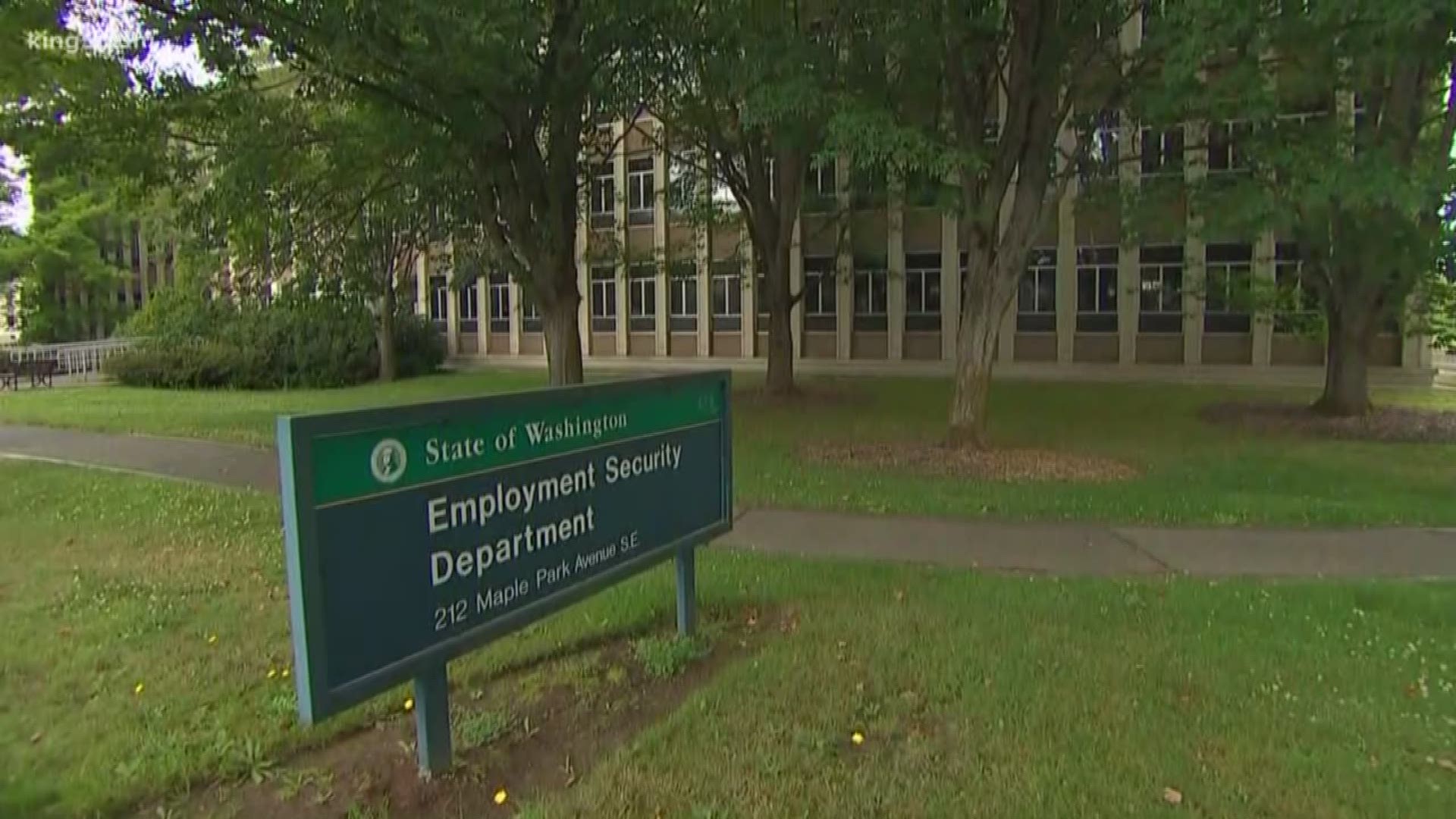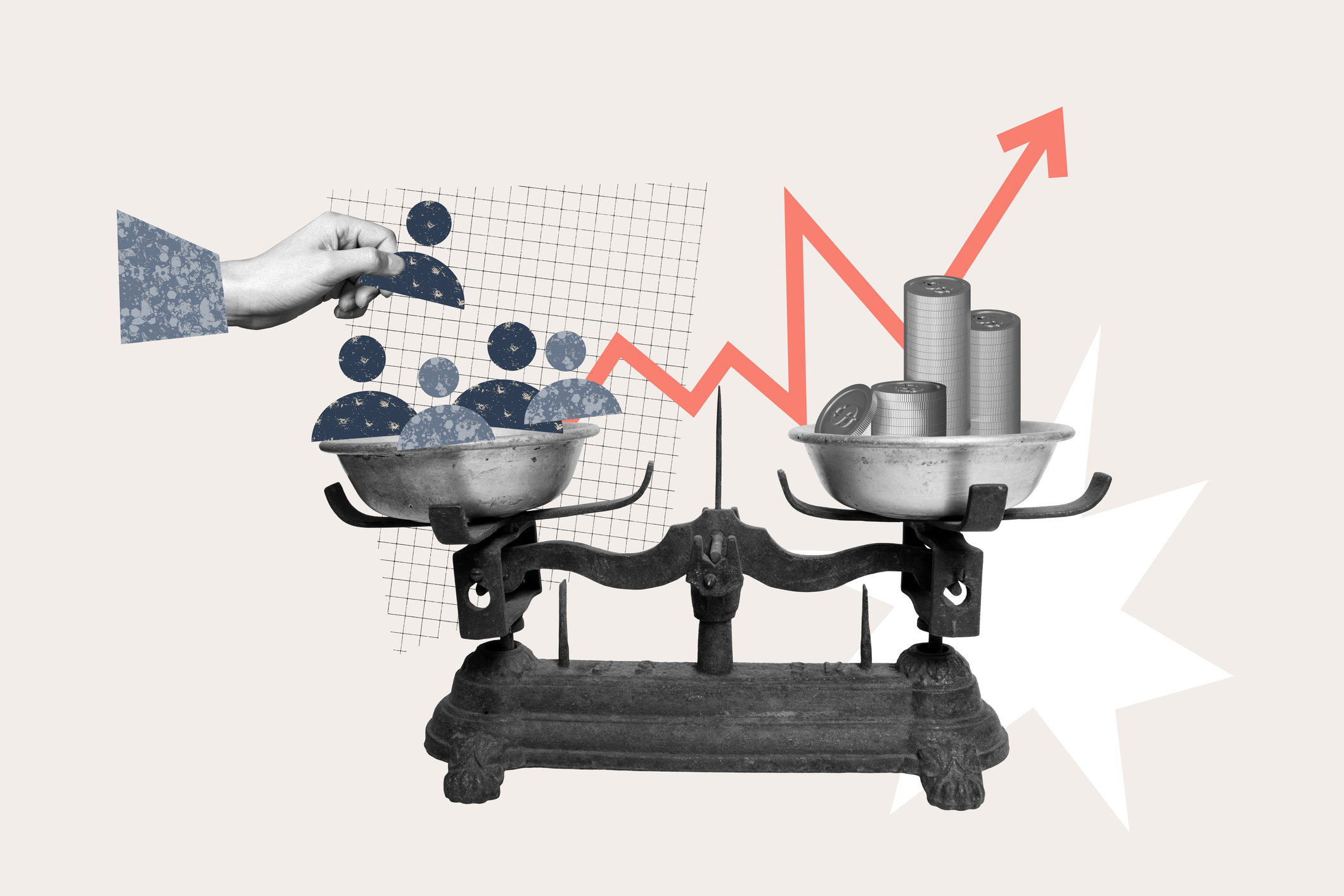The Washington State Legislature’s 2025-27 Biennial Operating Budget, as finalized in the conference report (H-2387.2), represents a significant escalation in state spending, raising serious concerns about fiscal sustainability, taxpayer burden, and alignment with the priorities of Washington residents. The budget, totaling approximately $77.8 billion in appropriations, reflects a 6.5% increase over the $71.9 billion appropriated in the 2023-25 biennium, and a $9.3 billion increase in spending over the next four years, far outpacing inflation and population growth.
Overview of Budget Increases
The 2025-27 budget increases spending by about $5.9 billion compared to the 2023-25 biennium. This growth is driven by substantial spending in education, health care, social services, and climate initiatives, many of which are tied to ongoing commitments from prior budgets or new policy priorities. While proponents argue these increases are necessary to address population growth, inflation, and unmet needs, the scale of spending raises questions about affordability and efficiency, particularly in light of Washington’s already high tax burden.
Education: The Largest Driver of Spending
Education remains the largest component of the budget, with K-12 education receiving $33.6 billion, a 7% increase from the prior biennium. This includes $900 million in additional funding for special education, aimed at addressing federal and state mandates, and $1.3 billion for teacher and staff salary increases. Higher education sees a $130 million increase.
While education funding is a constitutional priority, the rapid growth in appropriations outpaces enrollment trends and inflation (projected at 3.5% annually). For example, special education funding, while critical, lacks structural reforms to ensure cost containment or improved outcomes. Washington Policy Center has long advocated for performance-based funding models that tie dollars to measurable student achievements, yet this budget continues a pattern of input-driven spending without clear accountability metrics. Taxpayers deserve assurance that these funds translate into better educational outcomes, not just larger bureaucracies.
As WPC has noted in the Report Card for Washington’s Future, since 2012, per capita education spending increased by 39% adjusted for inflation. During that same period, test scores in math and English declined consistently for Washington students.
Health Care and Social Services: Expanding Entitlements
Health care and social services account for $12.1 billion, a 12% increase, with an additional increase in Medicaid from $5.8 billion to $6.5 billion. Behavioral health receives an additional $95 million. In total, for Human Services, the budget is ballooning from $26.2 billion to $29.4 billion.
These investments respond to needs in mental health services and elder care, but they also lock in long-term spending commitments that may strain future budgets. The reliance on federal funds introduces uncertainty, as shifts in federal policy could leave Washington taxpayers covering shortfalls. Moreover, the budget doesn’t address opportunities to leverage private-sector solutions or incentivize cost-saving innovations, such as telehealth expansion or competitive bidding for service contracts. A more market-oriented approach could stretch these dollars further while maintaining quality.
Climate and Environmental Spending: Ambitious but Costly
The budget allocates $1 billion in spending to climate and environmental programs, and does not change significantly from the previous budget. The Climate Commitment Act (CCA), which imposes a tax on CO2 emissions, is projected to generate approximately $1.6 billion in revenue according to the department of Ecology. The additional tax is passed onto consumers through higher fuel and energy prices.
Washington Policy Center’s research estimates that the tax on CO2 emissions adds 40 cents per gallon to gasoline prices, disproportionately affecting low- and middle-income households. While the budget funds rebates for low-income families, these are insufficient to offset the regressive nature of the tax. Furthermore, the effectiveness of these investments in reducing emissions is poor, according to the Department of Ecology’s own research. Policymakers should prioritize effectiveness and consider redirecting funds to more immediate priorities, such as infrastructure or tax relief.
State Patrol and Public Safety
Washington State Patrol receives $165 million, a $1.8 million increase, with a $400 million increase for the Department of Corrections. These investments address critical staffing shortages and rising crime rates, but they fall short of comprehensive reforms needed to restore public confidence. For example, the budget does not address restrictive policing policies that have hampered law enforcement effectiveness in some jurisdictions.
Transportation
The legislature released the transportation budget (which is a separate budget to the operating budget) for the biennium at $15.5 billion, an increase of $2.3 billion over 2023-2025, to pay for essential projects across the state. A new gas tax is assumed (6c per gallon) which, in addition to the CCA costs, will push Washington’s gas tax to one of the highest in the nation.
Fiscal Sustainability and Taxpayer Impact
The budget’s 6.5% spending increase outpaces the state’s economic growth rate (projected at 4.5% annually). This trajectory risks depleting overall reserves, projected to drop from $3.2 billion to $2.2 billion by 2027, but does add money to the state’s rainy-day fund. The four-year budget outlook shows a potential multi-billion shortfall unless revenues grow unexpectedly, or spending is curtailed. This raises the specter of future tax increases, particularly given Washington’s already high sales, property, and business taxes.
The budget’s reliance on one-time revenues, such as federal grants and the revenue from CCA auctions, masks structural imbalances. When these funds dry up, taxpayers may face pressure to backfill programs rather than cancel them. Washington Policy Center recommends adopting a sustainable growth model, such as tying spending increases to inflation plus population growth, which would cap biennial increases at 5-6%. This approach would preserve reserves and reduce the need for future tax hikes.
Conclusion: A Missed Opportunity for Reform
The 2025-27 conference budget reflects prioritizes spending over fiscal discipline. While investments in education, health care, and climate programs address pressing issues, their scale and structure raise concerns about affordability, efficiency, and long-term consequences. Taxpayers, already grappling with high costs of living, deserve a budget that maximizes value through competition, innovation, and accountability.
Despite record revenues, the budget proposal offers little in the way of tax relief for Washington families and businesses. The state’s tax burden has risen steadily in recent years, driven by increases in property taxes, sales taxes, and a controversial new capital gains tax. With billions in increased spending over the next four years, lawmakers could easily afford to return some of that money to taxpayers-or at least pause new tax hikes.
Washington Policy Center urges lawmakers to adopt reforms, including performance-based funding, pension restructuring, and tax relief to offset regressive policies like the CCA. By prioritizing fiscal restraint and market-oriented solutions, Washington can meet its needs without burdening future generations. The 2025-27 budget, while comprehensive, misses the mark on these principles, leaving taxpayers to question whether their dollars are truly working for them.






